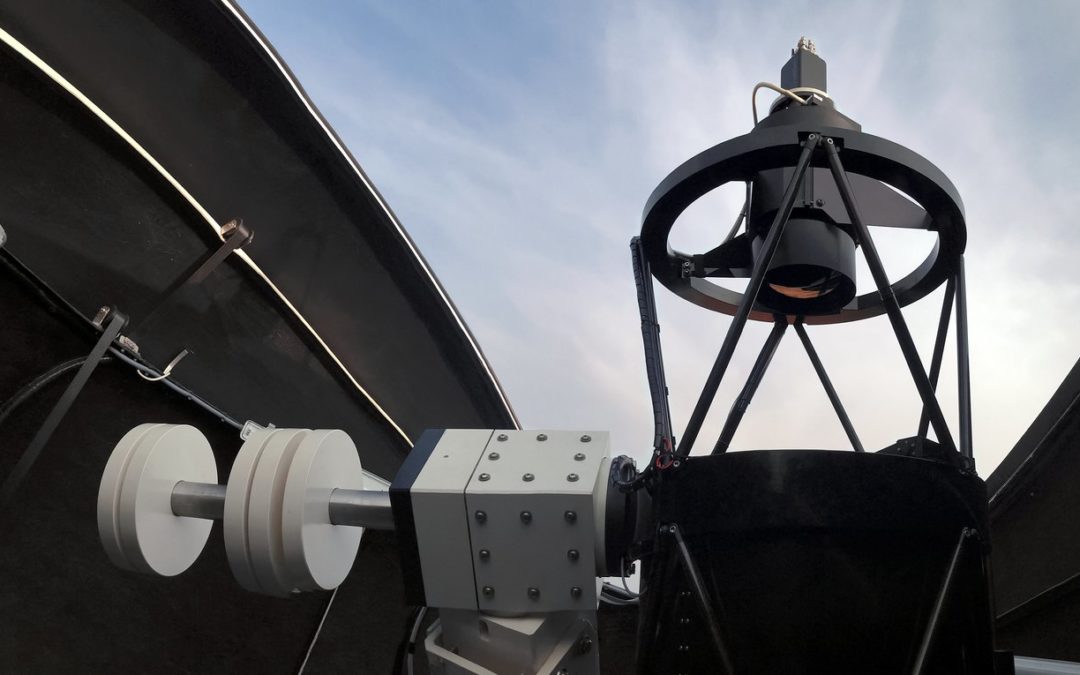
TBT Telescope Robotic Scale Model
We have recently created a fully functional scale model of a TBT telescope, that can be controlled with your phone.
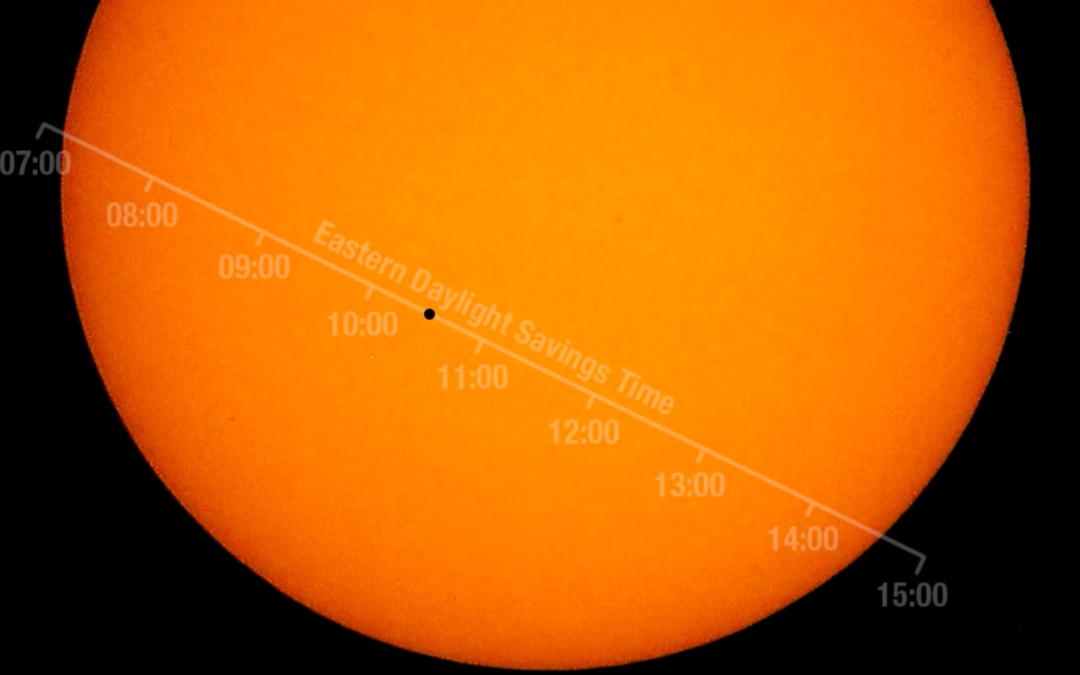
2016 Mercury Transit App
On May 9th 2016 a Mercury Transit occurred, and at Space Robotics, we had to do something about it. To help those with access to a telescope enjoy it, and to approach it to anyone else, we built the 2016 Mercury Transit App.
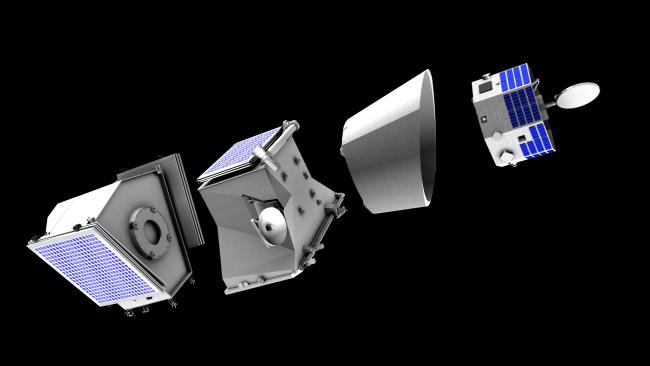
BepiColombo Detachable Scaled Model
About the BepiColombo Mission
BepiColombo is Europe’s first mission to Mercury. It is actually a joint adventure between ESA (the European Space Agency) and JAXA (the Japan Aerospace Exploration Agency). ESA has built the MPO (Mercury Planetary Orbiter) while JAXA is in charge of the MMO (Mercury Magnetospheric Orbiter). Both satellites will be carried to Mercury by the MTM (Mercury Transfer Module), which on October 20, 2018, will be launched by an Ariane 5 rocket from the French Guiana, beginning its seven-year journey through the Solar System.
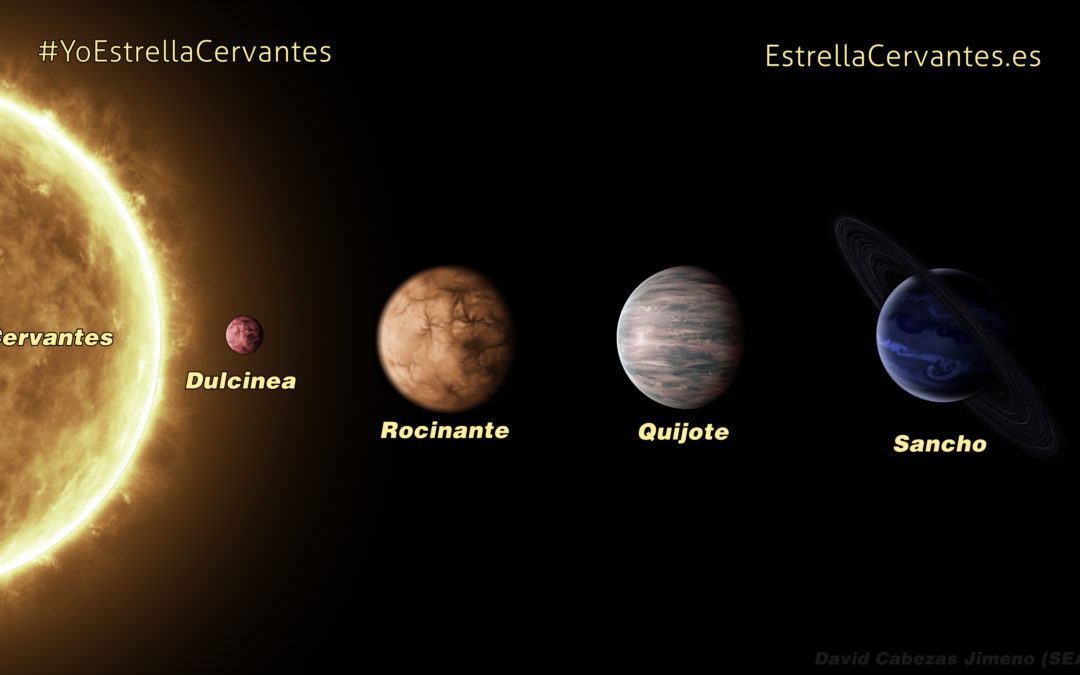
Multimedia Creation for the Cervantes Solar System
We produce a video and all the official multimedia material to support the naming of the μ Arae star as Cervantes and its exoplanets as Quijote, Sancho, Dulcinea and Rocinante.
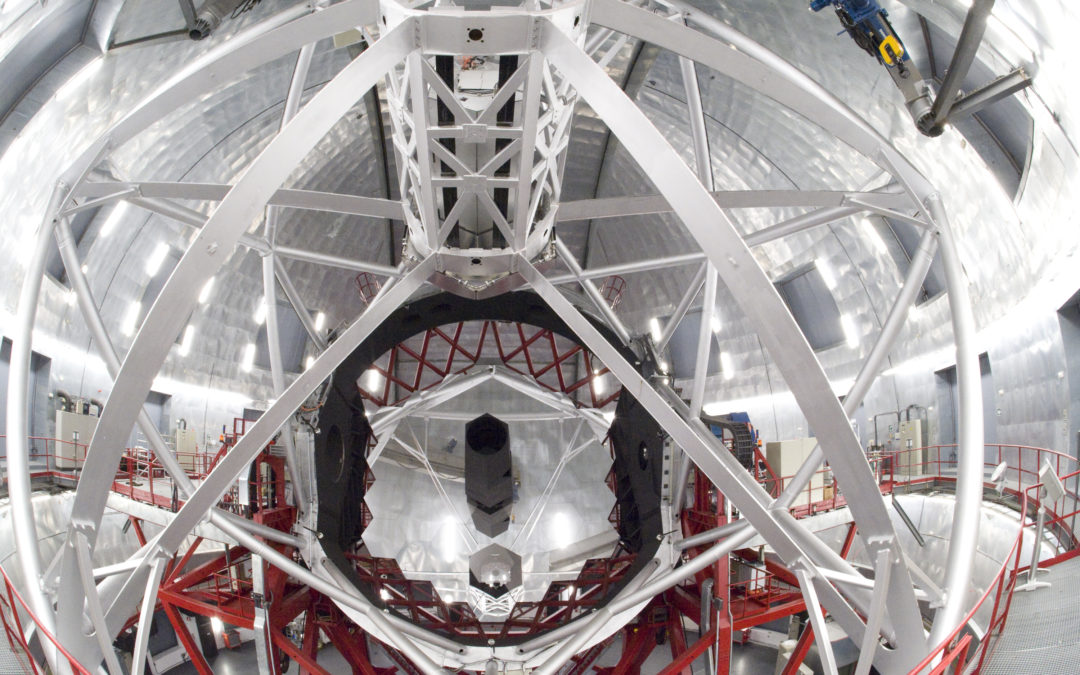
Observatory Security Robotic Installation
We have recently designed and successfully installed a security system for an astronomical observatory.

TBT NEO-detection Robotic Telescope Presentation
We have recently designed multimedia material for the presentation of a completely new space-related project: TBT, a robotic telescope that will look for unidentified objects close to Earth.
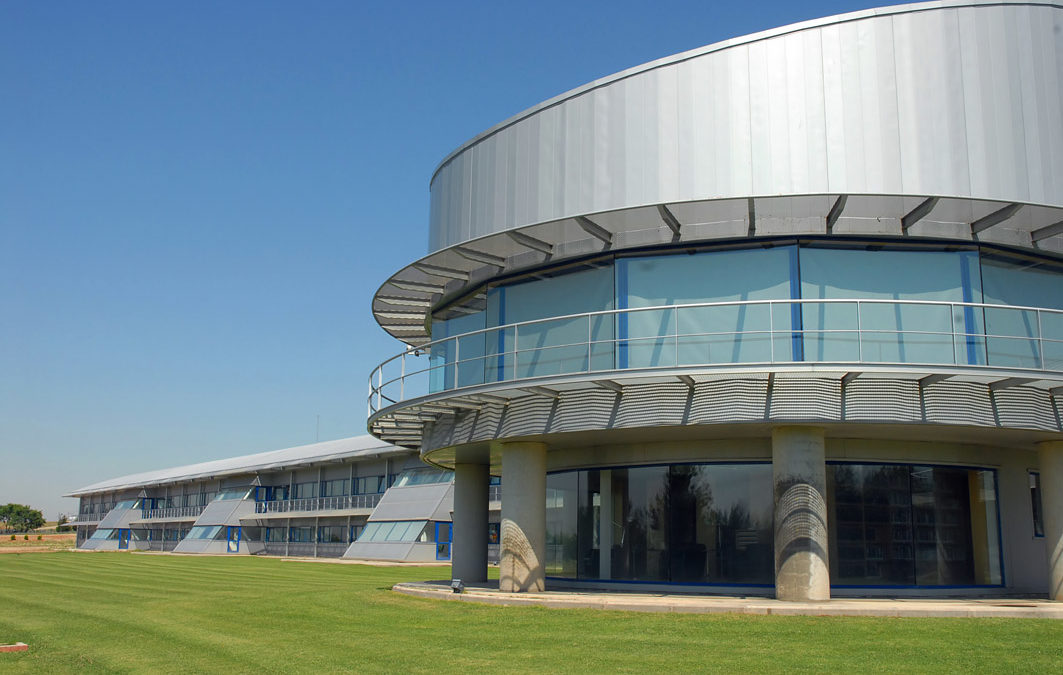
Leading the Scientific Culture Unit at the Astrobiology Center (CAB – NASA)
We are proud to announce that one of our science experts is leading the Scientific Culture Unit (UCC) at the Astrobiology Centre (CAB) associated to the NASA Astrobiology Institute.
Thanks to this contract we will lead the Scientific Culture department during 2015, which allows us to put our productivity to the service of the public.
CAB (Astrobiology Centre) associated to the NASA Astrobiology Institute is a joint institution between CSIC (Superior Scientific Investigations Council) and INTA (National Institute of Aerospacial Technology) founded to investigate a relatively new field of study, astrobiology. The Scientific Culture Unit, that collaborates with the UCC+i network from FECYT, is meant to disseminate the latest astrobiology discoveries and to approach science to the general public.
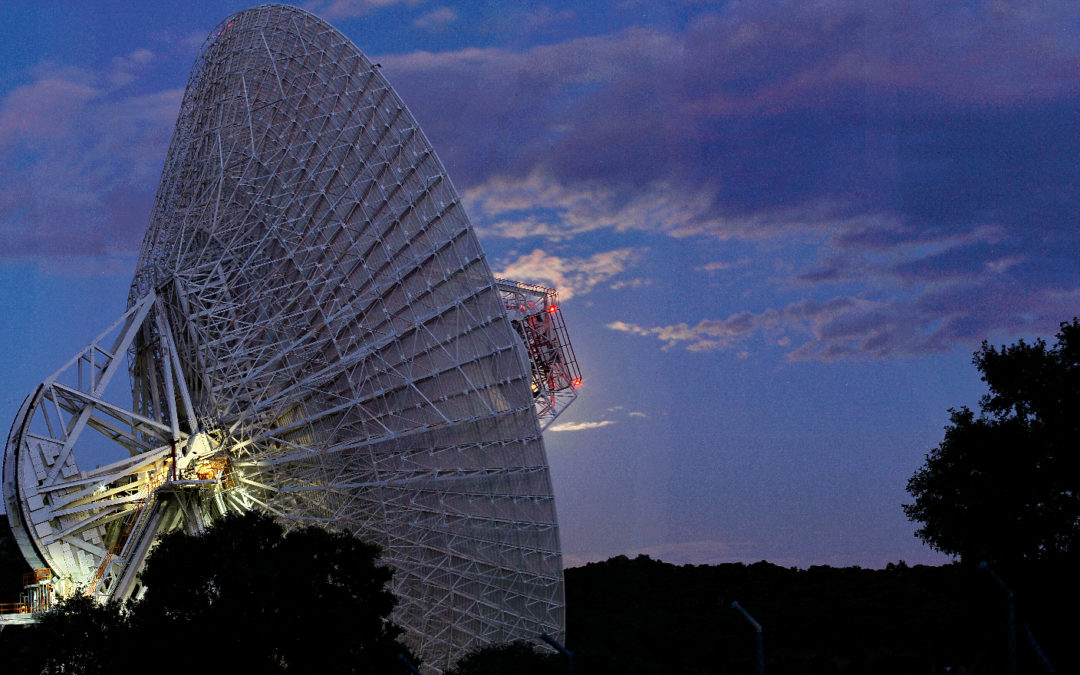
NASA’s Madrid Deep Space Communications Complex full software and website development
We have recently designed and successfully developed the new web page of NASA’s MDSCC (Madrid Deep Space Communications Complex) and all the software included in it.
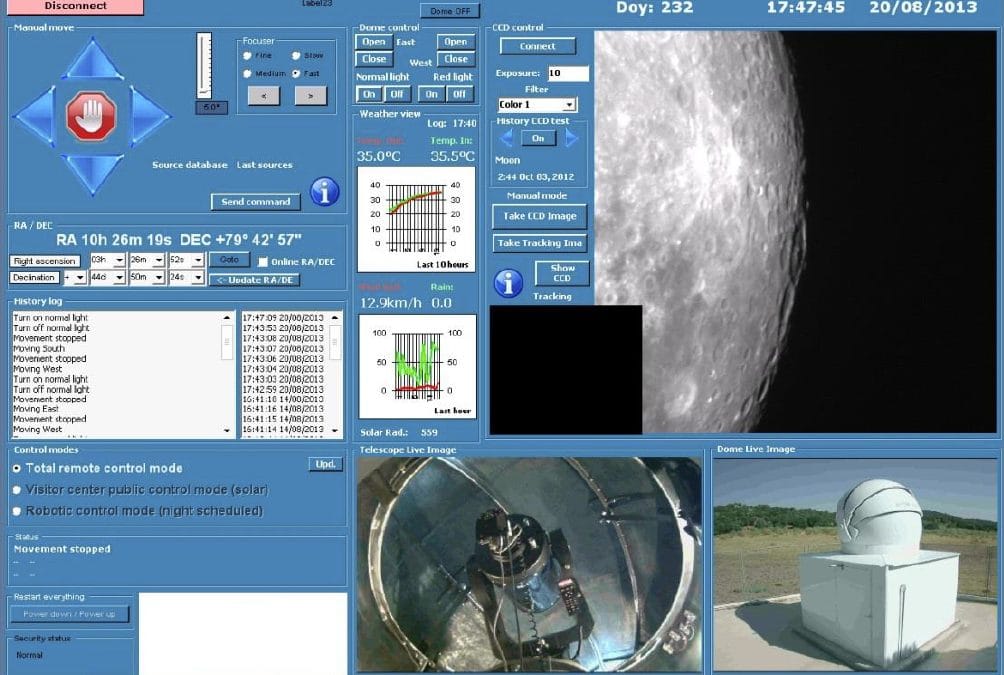
Robotic Telescope Installation and Software Design
We have installed a robotic telescope from scratch at NASA‘s Madrid Deep Space Communications Complex (MDSCC). The telescope can already be remote-controlled during observations and it will be fully-automatic at some point in the future. The new drivers are controled with our new software, this give us complete control, notifications, warnings, etc., in an automate mode.
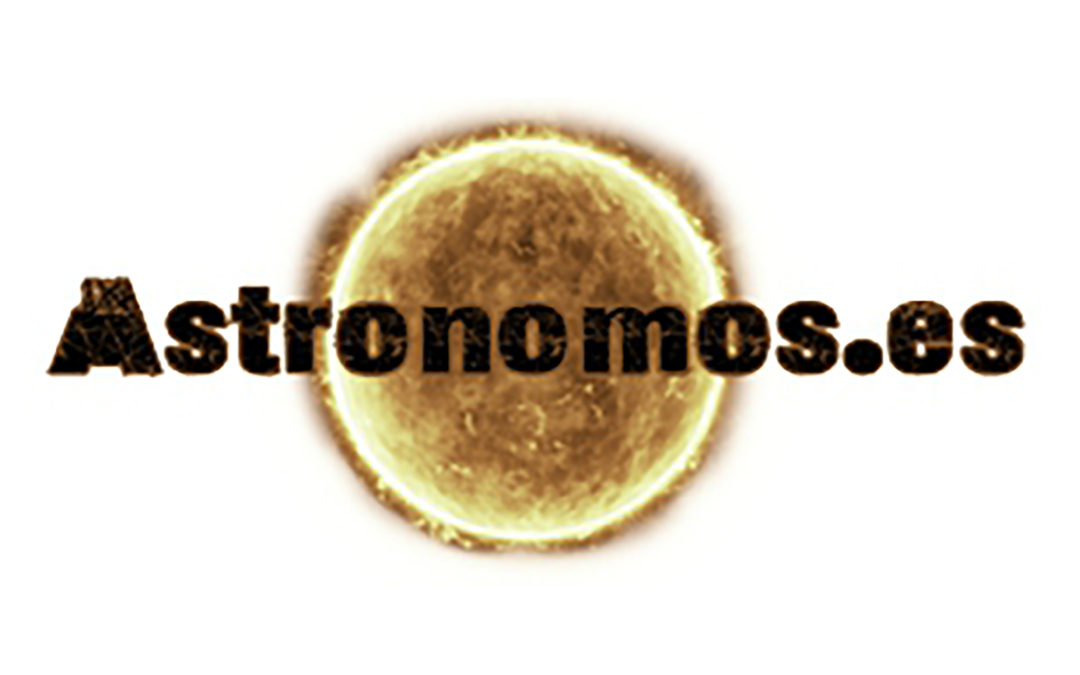
astronomos.es
Funded by the SEA we have created astronomos.es, a new webpage where we provide free astronomy multimedia resources upon request.
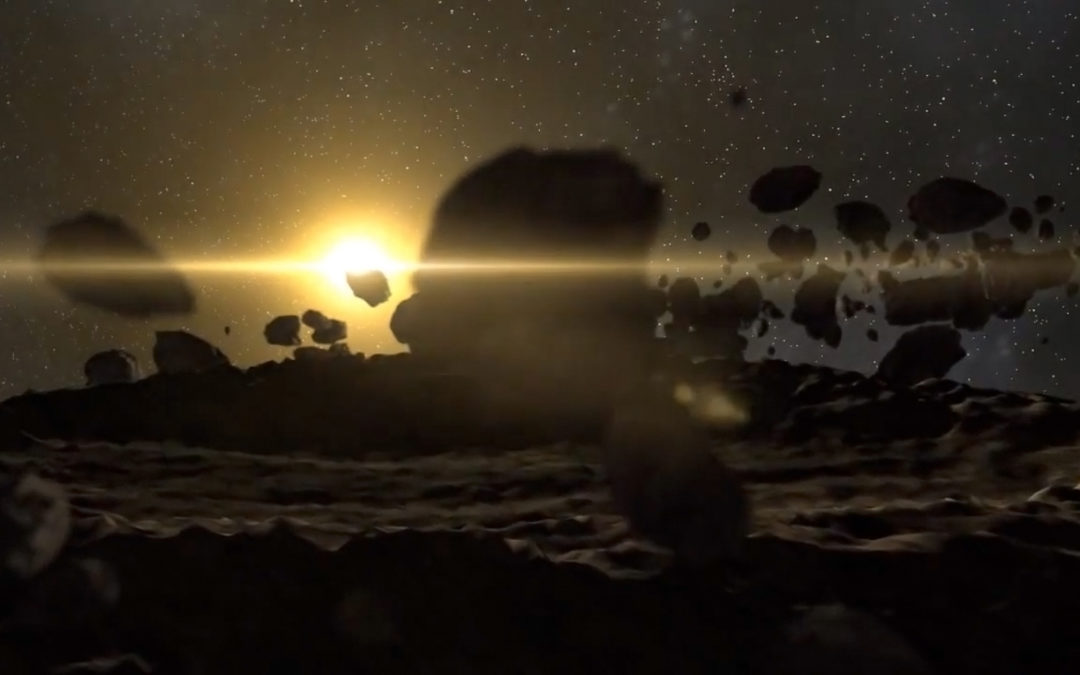
SVO’s Near-Earth Asteroids Precovery Programme Multimedia
On request of the SVO’s Near-Earth Asteroids Precovery Programme team, we have created a mini-documental among some other multimedia material for the presentation of their new citizen science project. Take a look and find out how may you discover potentially hazardous asteroids from your sofa at home.
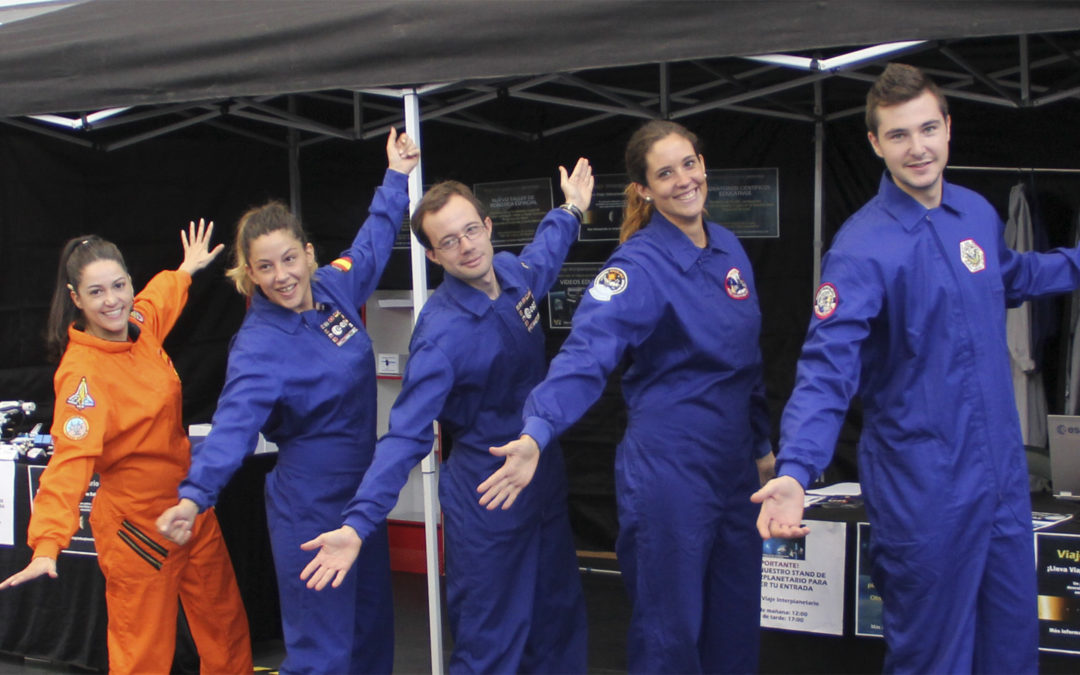
Interplanetary Journey
Interplanetary Journey, our most ambitious enterprise so far! Discover it at viajeinterplanetario.com or keep reading and find out about this great new educational project.
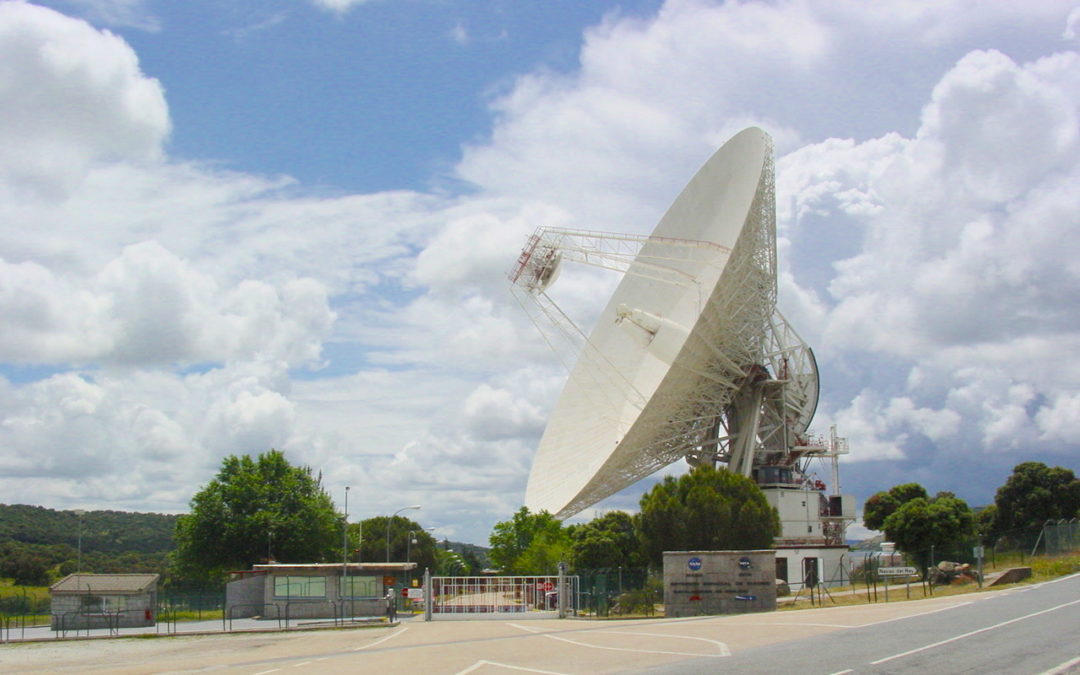
DSS-61, the PARTNeR antenna at NASA’s MDSCC, now on 3D.
Our latest brand new 3D model is the DSS-61 antenna from the PARTNeR project at NASA’s MDSCC (Madrid Deep Space Communications Complex).
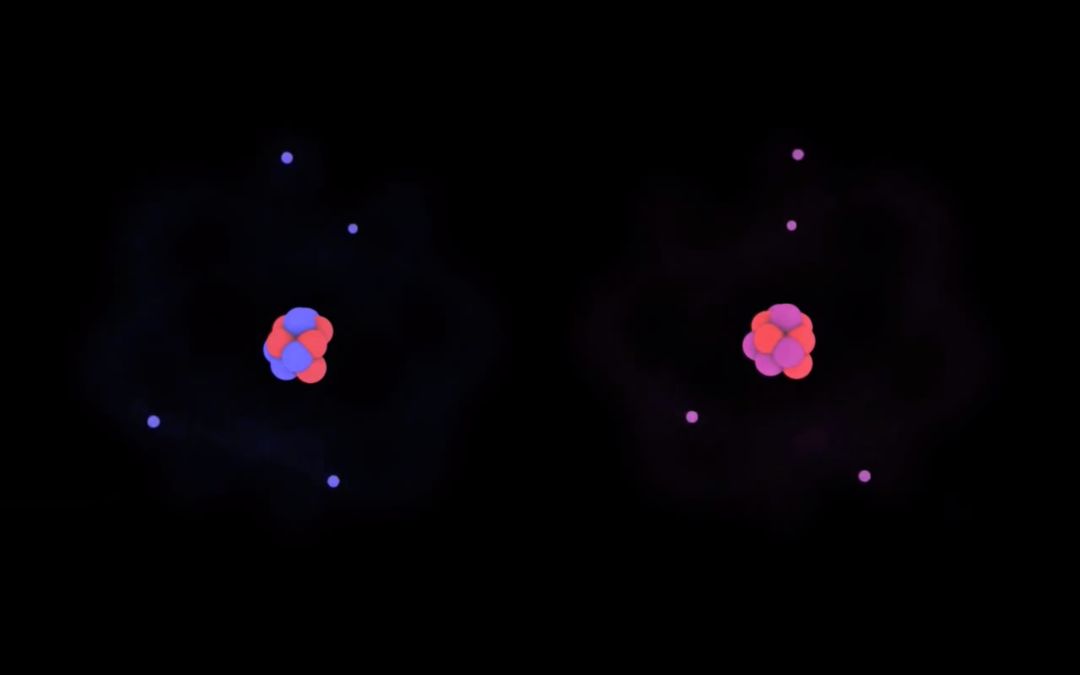
Antimatter: The Story of a Search
Antimatter may sound like the sci-fi evil twin of matter, but it’s actually very far from being fictitious. It has been long since antimatter was first predicted and subsequently proved to exist, although that is only the beginning of the story. More recent accomplishments meant a huge step in the study of matter’s antithesis, and there are still many discoveries to be achieved in the future. To explore the story of antimatter, from the very beginning to the latest successes, the Space Robotics multimedia department has created a new mini-documentary-film “Antimatter: The Story of a Search”, which has won the CPAN science-dissemination contest.
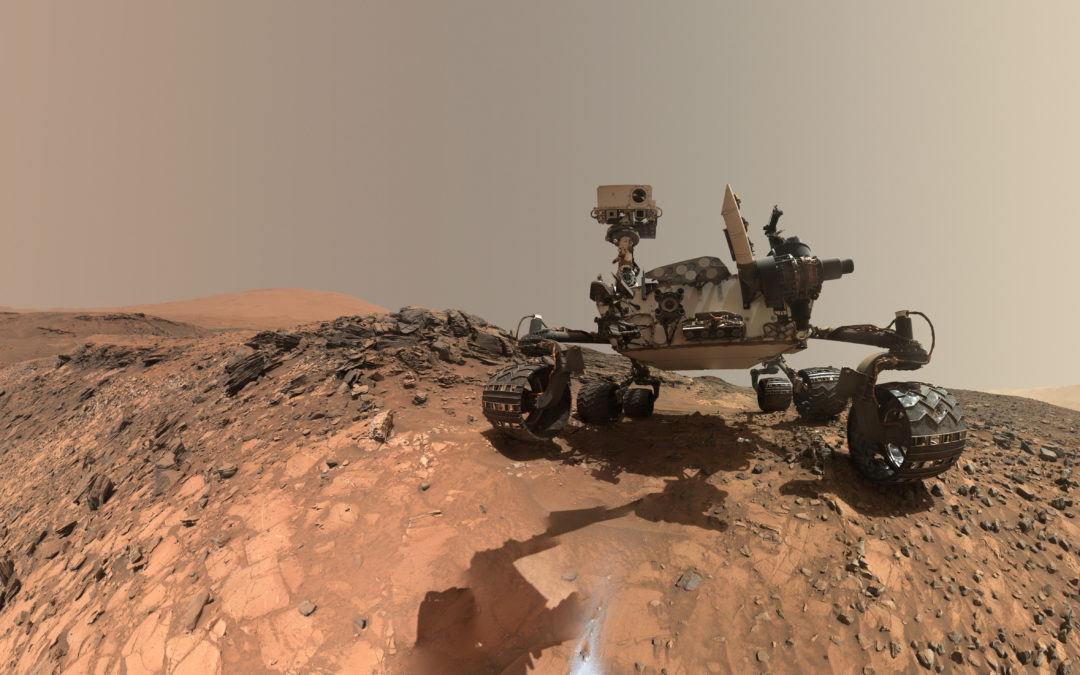
Mars Curiosity Rover’s REMS Multimedia Creation
Under contract with the CAB we have created a 13min video on Mars Curiosity Rover and its instrument REMS among some other multimedia material.
